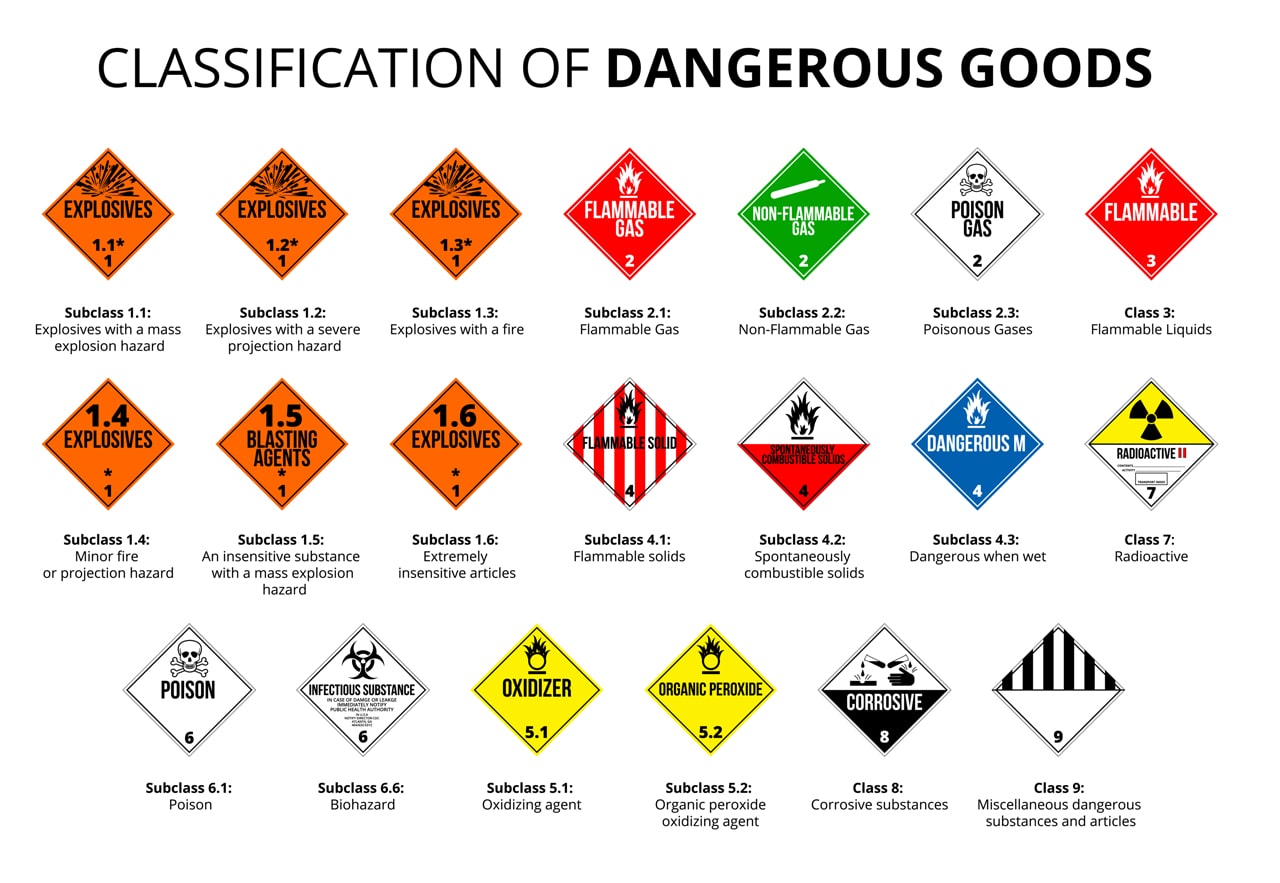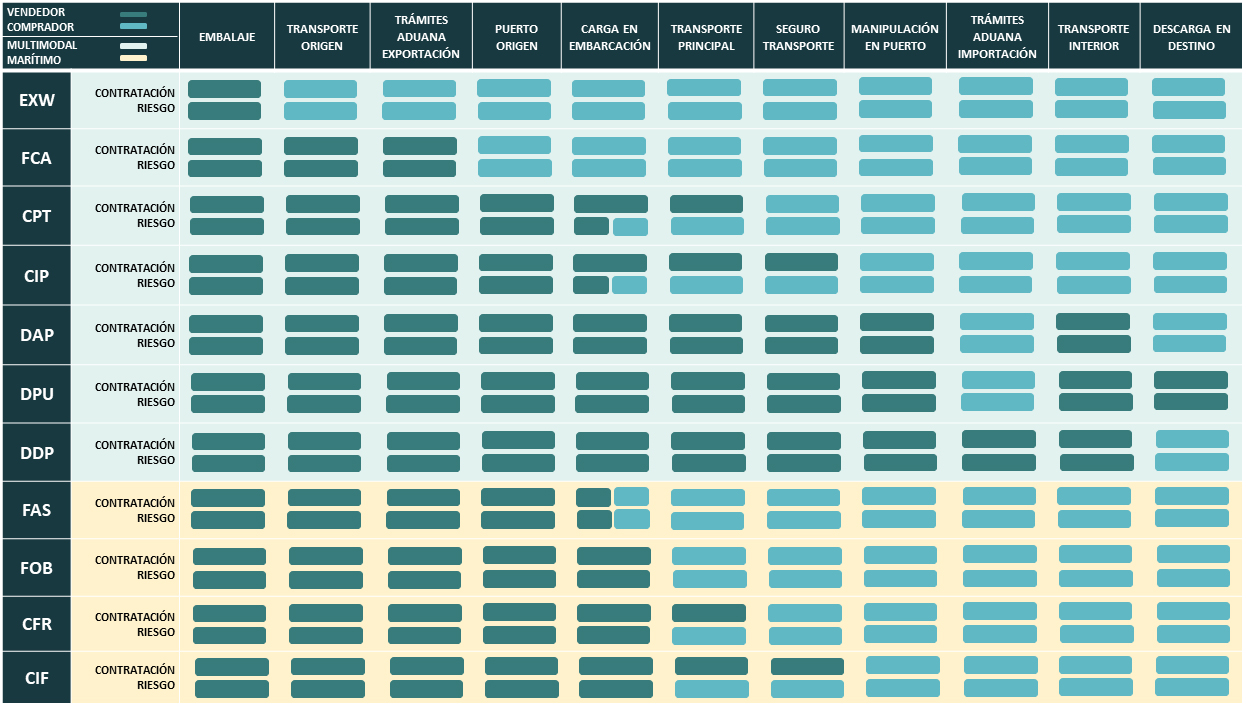Transporte Marítimo
ABQ manages all aspects of international sea freight, tailoring our services to the needs of each client, offering personalised advice and managing customs brokerage procedures throughout Spain.
With over 37 years of experience in the sector, we have an international presence specialising in sea freight, covering the major ports and cities in all countries and offering an efficient service in the shortest possible timeframe.
FULL CONTAINER LOAD (FCL) AND LESS THAN CONTAINER LOAD (LCL) SERVICES
Shipping methods
Full Container Load. The shipper is responsible for filling the container and covering the corresponding costs.
Less than Container Load is a type of cargo where the container does not necessarily have to carry the same type of goods, and is smaller in size. In order to save costs, it is also possible for different shippers to share the same container.
Export
- Space reservation
- Transport to port
- Customs procedures
- Issuing and transferring the bill of lading
- Arrangements at destination
Import
- Arrangements at origin
- Receipt (Pre-alert)
- Transferring documentation
- Arrival notice
- Customs procedures
- Delivery at destination
INCOTERMS Charts
The International Commercial Terms, better known as Incoterms, are general standards that define the way suppliers and clients must operate in export or import contracts.
Types of Shipping Containers
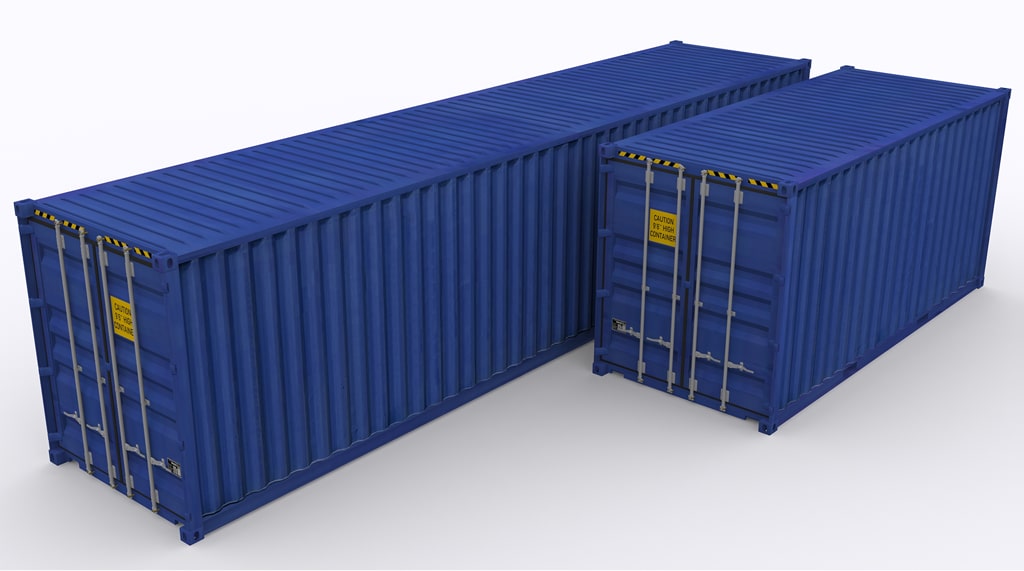
DRY VAN
These are the most commonly used shipping containers and, given their versatility, can be used to transport almost any type of cargo. These unventilated airtight containers can be stacked up to eight times high when full.
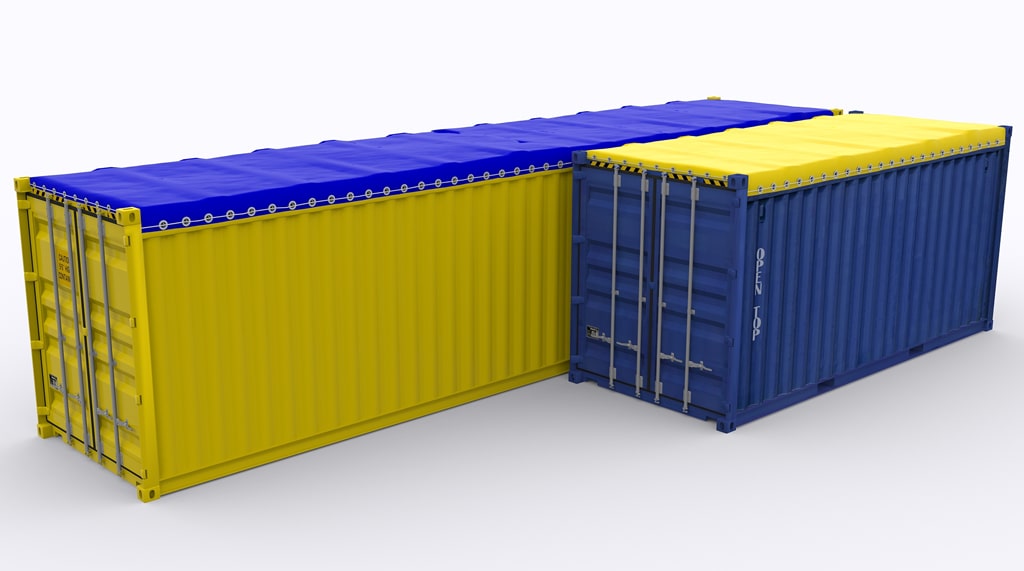
OPEN TOP
20-foot or 40-foot open-topped container.
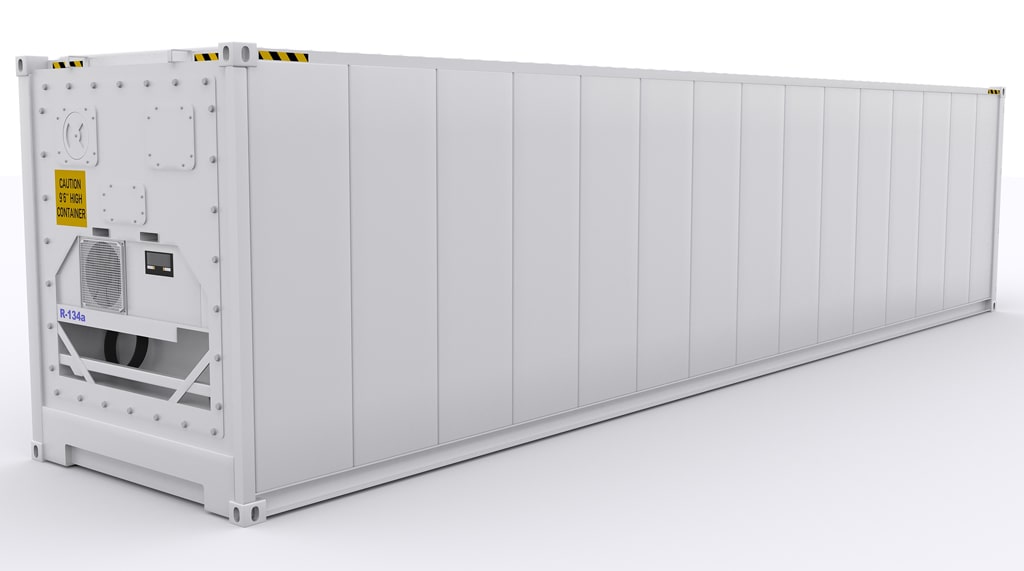
REEFER
Refrigerated containers are a type of inter-modal container fitted with a cooling motor, perfect for transporting temperature-sensitive goods such as fruit, vegetables, dairy products, meat, chocolate, wine, pharmaceuticals, chemicals, etc.
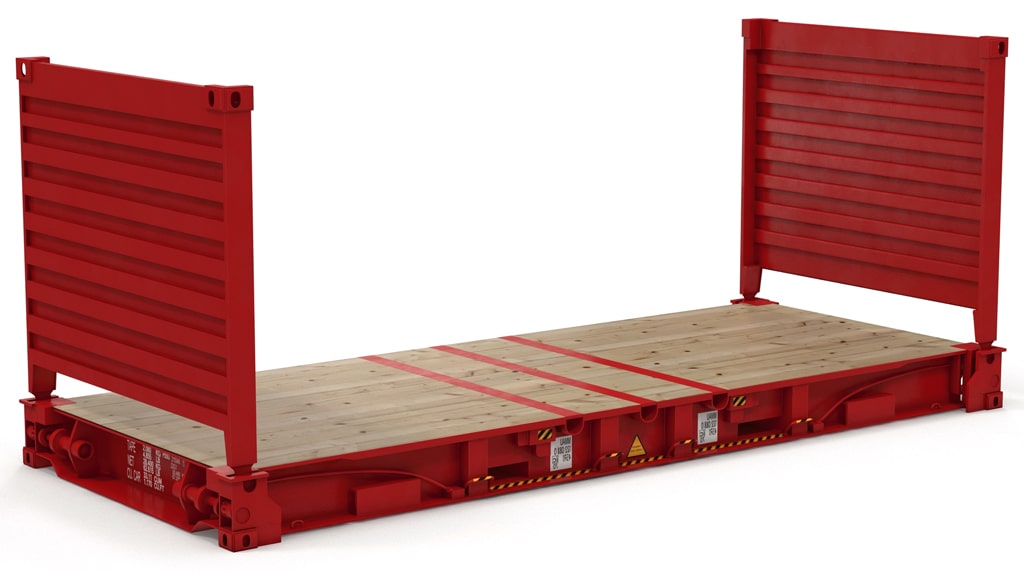
FLAT RACK
Flat rack containers are used to transport machinery and other cargo with jagged edges, which is very heavy (up to 25 tonnes), of high volume, or with oversized dimensions that exceed the standard measurements of a conventional container.
Dangerous Goods Management
Dangerous goods are goods which are considered hazardous or high-risk according to the IMDG code. They are categorised into 9 classes, based on their dangerousness, characteristics, etc.
Containers carrying dangerous goods must be labelled on all four sides, indicating the IMO (UN) number and class. The UN number allows the type of goods and their characteristics to be identified.
- Shipping authorisation procedures (IMO)
- IMO container allocation
